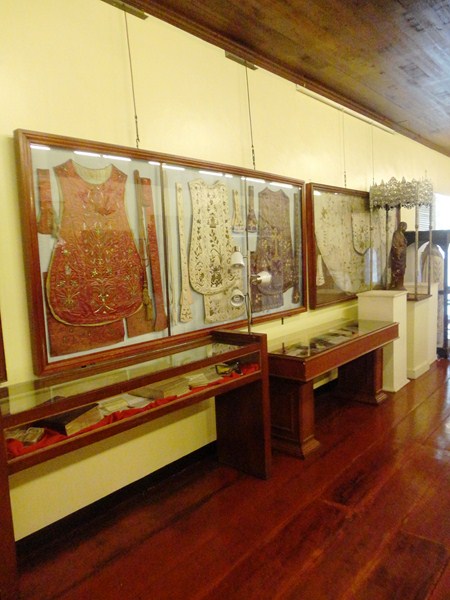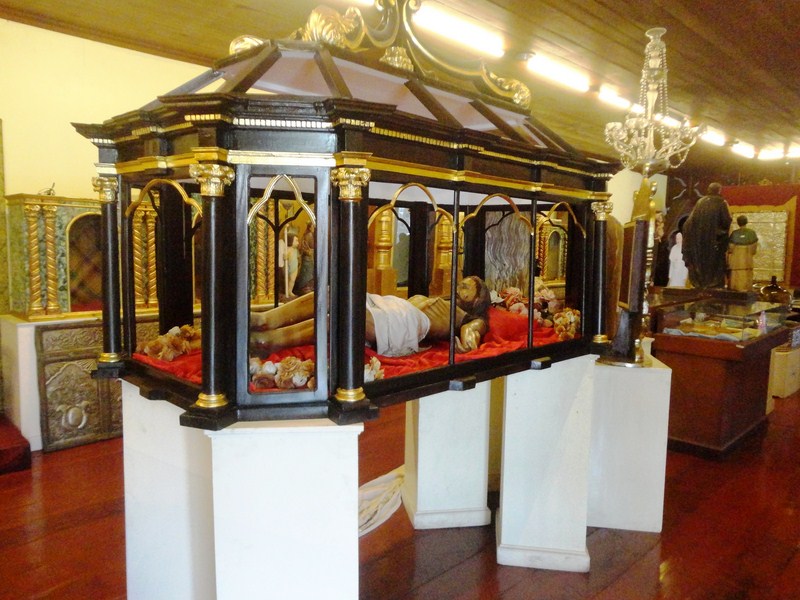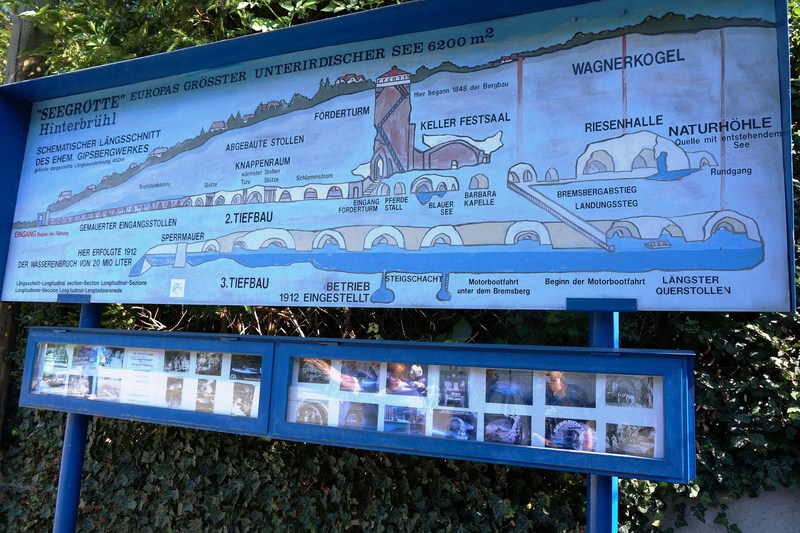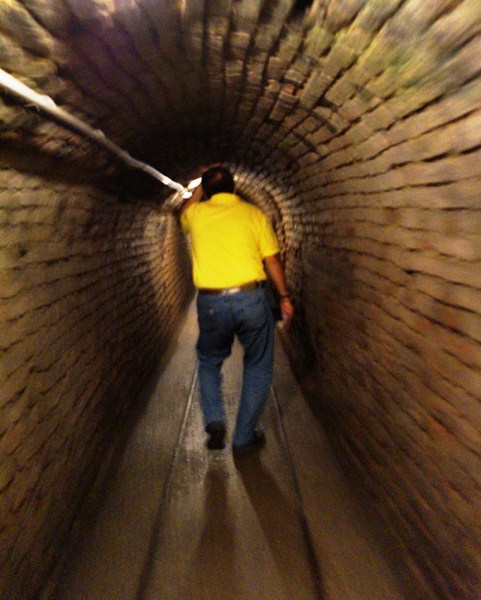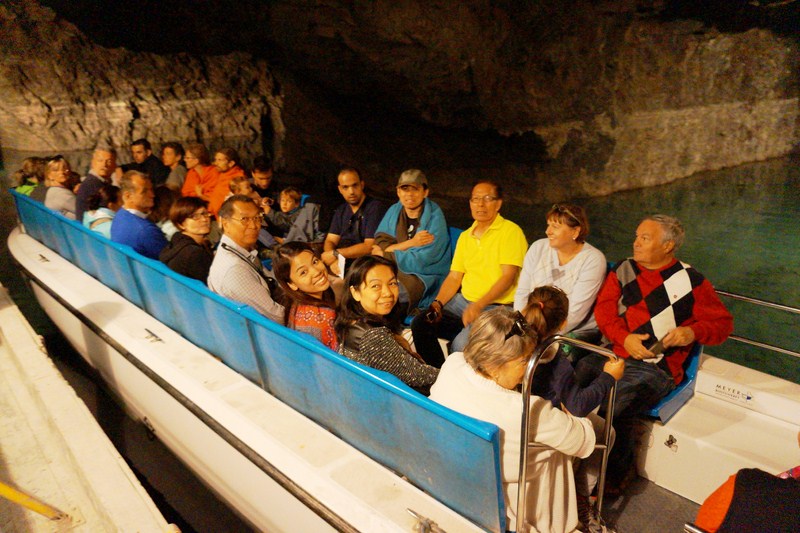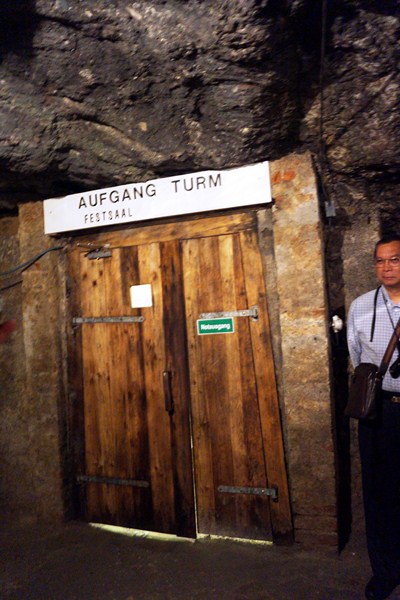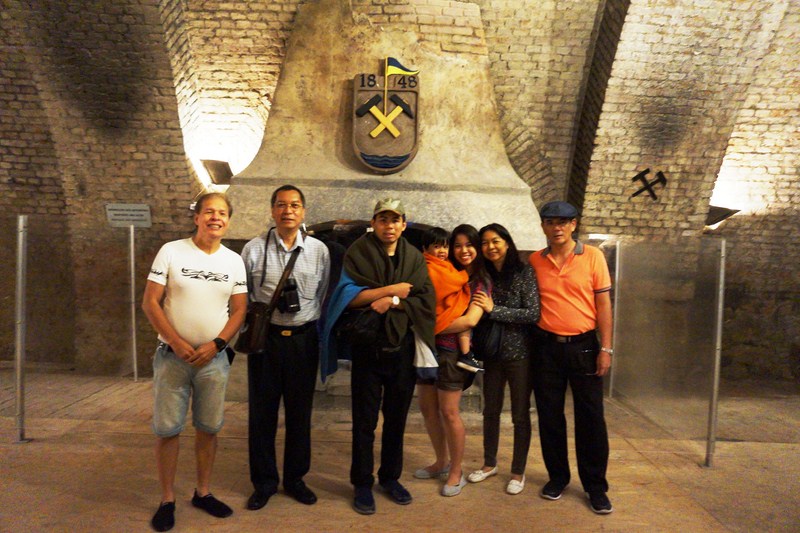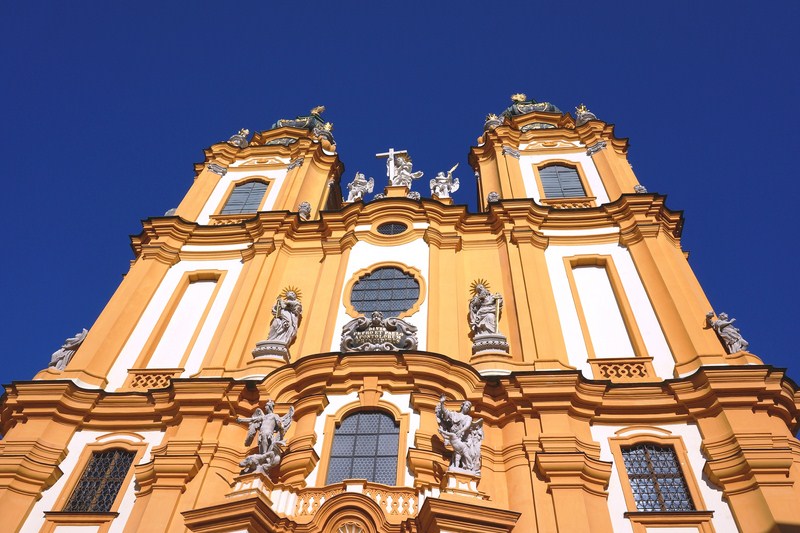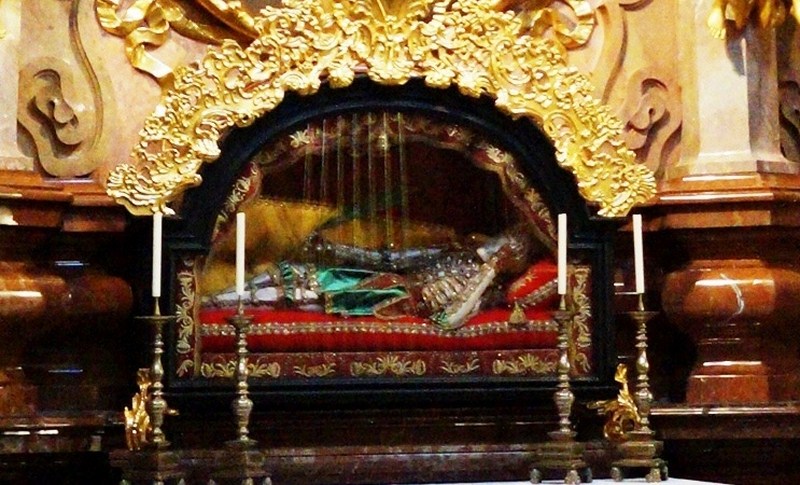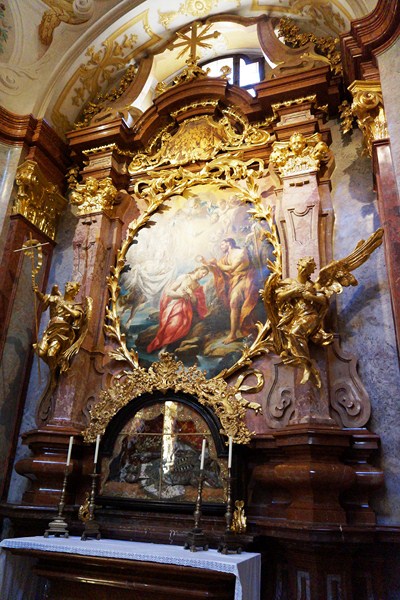From the Bulacan Pasalubong Center, the participants next visited the East West Seed Farm, the demonstration farm of East-West Seed Company, Inc. The company is the brainchild of 6th generation Dutch agriculturist, Simon Nanne Groot and Filipino seed trader, Benito M. Domingo.
Check out “Bulacan Pasalubong Center”
Years ago, the vegetable seed industry in Southeast Asia was little more than a seed trading system and vegetable plant breeding was just a dream Simon Groot had. In 1982, when he saw an opportunity to locally-develop hybrid seeds that are adaptable to local conditions and with remarkable characteristics, he teamed up with 50 year old Benito Domingo and formed Hortigenetics Philippines, Inc. in a 5-hectare lot in Lipa City.
Later that year, as a gesture to show that a partnership between a European and Asian is possible and could succeed, the company’s name was changed to East-West Seed Company, Inc. After the establishment of East-West Seed companies in the Philippines and Thailand, they eventually conquered Indonesia and Vietnam’s vegetable seed market.
Together, they bred vegetable varieties that were adapted to tropical markets and growing conditions, and could generate increased yields and productivity for farmers. In 1985, East-West Seed introduced the Jade Star ampalaya (biiter gourd), the first locally developed commercial hybrid seed in the Philippines and the whole of Southeast Asia.
Soon, tomato and eggplant varieties followed, plus pumpkin, several brassicas and leafy vegetables such as kangkong.
Today, East-West Seed Company, one of the 10 largest seed companies in the world, distributes high-quality vegetable seeds to over 18 million farmers in about 60 countries worldwide in tropical areas of the world. From Africa to Asia, Australia to America, East-West Seed Company continues to give farmers better seeds for better yields.
NOTE:
On June 8, 2018, East West Seed Co. co-founder Benito M. Domingo passed away at the age of 85 and, on June 10, 2019, Simon N. Groot was awarded the prestigious World Food Prize.
During our visit, we were toured by Eduardo A. Arro, Jr., Farm Ready Business Manager, and AAP participants got a glimpse of East-West Seed’s plant operations such as seed processing and storage, quality control, packaging and finished goods.
Farm Ready is a subsidiary of East West Seeds responsible for aiding farmers through growing seedlings in their greenhouse nursery and researching on pests and diseases.
He explained to us the advantage of planting grafted ampalaya which is more resistant to diseases and yields more than the ordinary ungrafted seedlings. It also has a longer productive life because its rootstock is a disease-resistant patola.
We were also taught how to prepare seedlings in a Pro tray (or seed tray) by preparing a media for seed sowing in the ratio of 1:1 (one part coco peat and one part vermin compost. One seed per one hole with the depth of the seed twice of the seed height.
East West Seed Farm: Km. 54 Cagayan Valley Road, Brgy. Sampaloc, San Rafael, 3008. Tel: (044) 766-4952 to 57. Fax: (044) 766-1005. E-mail: info.ph@eastwestseed.com. Website: www.eastwestseed.com.
Automobile Association Philippines (AAP): 28 EDSA, Greenhills, San Juan City. Tel: (632) 655-5889. Fax: (632) 655-1878. E-mail: info@aap.org.ph. Website: www.aap.org.ph.















































